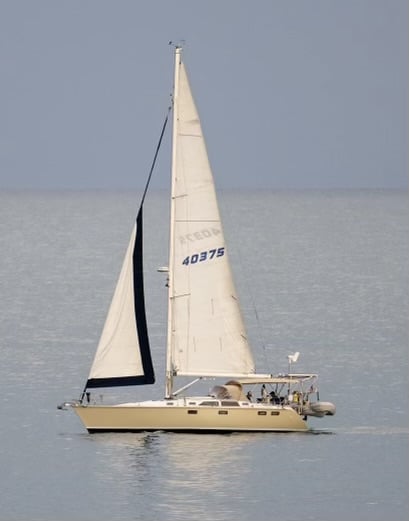I’ve recently learnt to sail but when I’m on the water, all of my theory goes out of my head. Can someone please explain the steps of sailing or confirm what I’ve written below?
- check the wind direction
- think of where I want to navigate to and point the boat relative to the wind.
- think of the points of sail. For the boat’s position relative to the wind, change the main sail to the respective point of sail and the wind will catch the sail.
- use the main sheet to keep the sail in the “point of sail” direction that the wind should be in.
- make very small movements to keep the boat going straight towards my target
- once i’m going straight, check the sail if it’s luffing periodically and trim the sail if necessary
when tacking,
- use the tiller to turn the boat around, either pull it fully towards or away from me
- once the boat is turned around, pull the tiller so that it’s now straight and you can let the tiller handle lay on the side of the boat
- switch sides as usual
thank you!


Good explanation. This is the way.
Backing it up one step further, a common beginner mistake is to decide on a destination irrespective of the wind direction. This sometimes makes sailing more difficult than it needs to be and can result in the unnecessary torturing of guests as the captain stubbornly pounds into wind and wave to achieve a destination not superior to other options that would provide a more congenial travel experience.
Therefore, I would add:
Beginners should note that a beam reach is typically the fastest point of sail on flat water. A broad reach is the fastest and typically most comfortable point of sail in wavy conditions. Close-hauled is the most exciting for short periods of time, but will exhaust your guests (and stress your rig) if prolonged in windy and wavy conditions. Pointing dead down wind can be fun when sailing wing-and-wing or with a spinnaker, but is often rather exhausting for the helm as it requires close attention.
I can’t remember who it was anymore, but I once saw a video by a women’s cruising instructor who said: “If it’s hard, you’re doing it wrong.” Over the years, I’ve grown to more fully appreciate the truth and wisdom of that advice.
this is really helpful, thank you!